BYD Tang vs Kia Sorento – Which car suits you better?
Both models have their strengths – but which one suits you more?
Compare performance, efficiency, price and space directly: BYD Tang or Kia Sorento?
Costs and Efficiency:
When it comes to price and running costs, the biggest differences usually appear. This is often where you see which car fits your budget better in the long run.
Kia Sorento has a noticeable advantage in terms of price – it starts at 46000 £, while the BYD Tang costs 64300 £. That’s a price difference of around 18265 £.
As for range, the BYD Tang performs significantly better – achieving up to 530 km, about 475 km more than the Kia Sorento.
Engine and Performance:
Under the bonnet, it becomes clear which model is tuned for sportiness and which one takes the lead when you hit the accelerator.
When it comes to engine power, the BYD Tang has a decisively edge – offering 517 HP compared to 252 HP. That’s roughly 265 HP more horsepower.
In acceleration from 0 to 100 km/h, the BYD Tang is convincingly quicker – completing the sprint in 4.90 s, while the Kia Sorento takes 8.80 s. That’s about 3.90 s faster.
In terms of top speed, the Kia Sorento performs barely noticeable better – reaching 201 km/h, while the BYD Tang tops out at 190 km/h. The difference is around 11 km/h.
There’s also a difference in torque: BYD Tang pulls distinct stronger with 680 Nm compared to 440 Nm. That’s about 240 Nm difference.
Space and Everyday Use:
Cabin size, boot volume and payload all play a role in everyday practicality. Here, comfort and flexibility make the difference.
Both vehicles offer seating for 7 people.
In curb weight, Kia Sorento is significantly lighter – 1854 kg compared to 2630 kg. The difference is around 776 kg.
In terms of boot space, the Kia Sorento offers significantly more room – 705 L compared to 235 L. That’s a difference of about 470 L.
In maximum load capacity, the Kia Sorento performs noticeable better – up to 2100 L, which is about 445 L more than the BYD Tang.
When it comes to payload, Kia Sorento a bit takes the win – 684 kg compared to 575 kg. That’s a difference of about 109 kg.
Who wins the race?
The BYD Tang proves to be dominates this comparison and therefore becomes our DriveDuel Champion!
BYD Tang is the better all-rounder in this comparison.
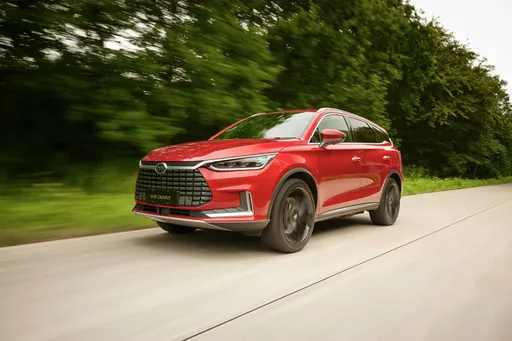
BYD Tang
BYD Tang
The BYD Tang represents a bold entry into the competitive SUV market, blending cutting-edge technology with modern design aesthetics. Its spacious interior is complemented by high-quality materials and innovative features, making it a strong contender for families and tech enthusiasts alike. With an emphasis on sustainability, the Tang offers an eco-friendly driving experience without compromising on performance or luxury.
details @ press.bydauto.be
@ press.bydauto.be
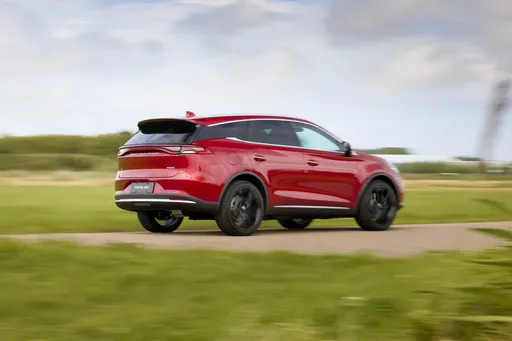 @ press.bydauto.be
@ press.bydauto.be
 @ press.bydauto.be
@ press.bydauto.be
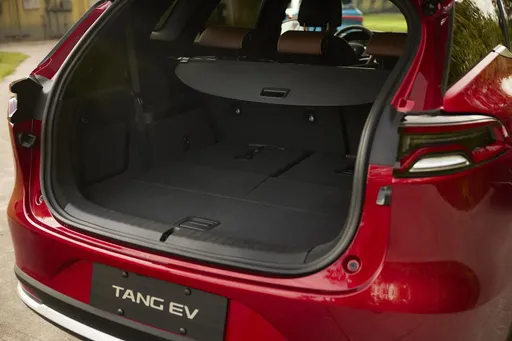 @ press.bydauto.be
@ press.bydauto.be
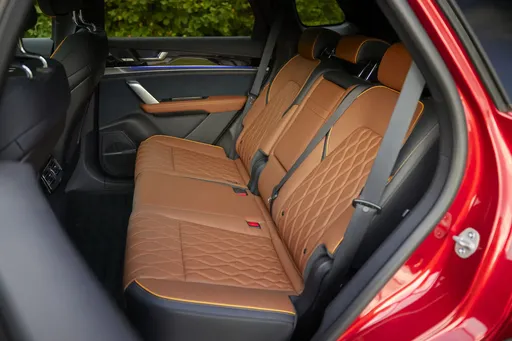 @ press.bydauto.be
@ press.bydauto.be
Kia Sorento
The Kia Sorento is a versatile SUV that seamlessly blends style and practicality, making it an appealing choice for families and adventurers alike. With its spacious interior and thoughtful design features, it ensures a comfortable driving experience on both urban roads and country excursions. Additionally, the Sorento offers a suite of advanced safety technologies, enhancing peace of mind for its passengers.
details @ press.kia.com
@ press.kia.com
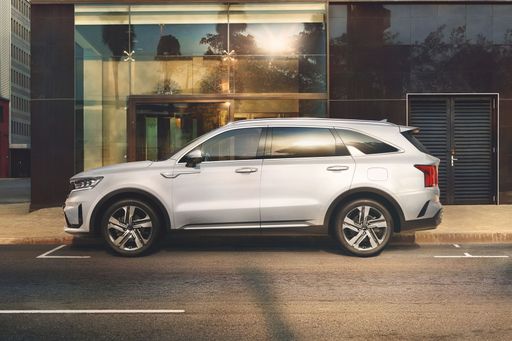 @ press.kia.com
@ press.kia.com
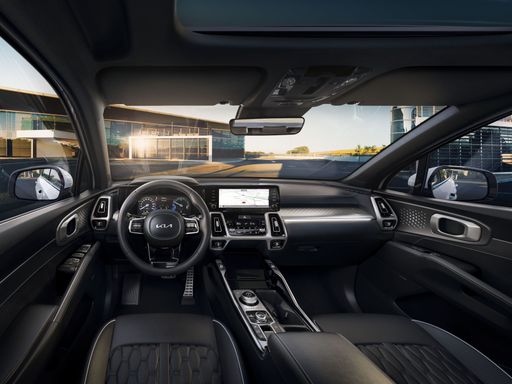 @ press.kia.com
@ press.kia.com

|

|
|
|
|
Costs and Consumption |
|
|---|---|
|
Price
64300 £
|
Price
46000 - 59300 £
|
|
Consumption L/100km
-
|
Consumption L/100km
1.6 - 7.2 L
|
|
Consumption kWh/100km
24 kWh
|
Consumption kWh/100km
-
|
|
Electric Range
530 km
|
Electric Range
55 km
|
|
Battery Capacity
-
|
Battery Capacity
-
|
|
co2
0 g/km
|
co2
37 - 174 g/km
|
|
Fuel tank capacity
-
|
Fuel tank capacity
47 - 67 L
|
Dimensions and Body |
|
|---|---|
|
Body Type
SUV
|
Body Type
SUV
|
|
Seats
7
|
Seats
5 - 7
|
|
Doors
5
|
Doors
5
|
|
Curb weight
2630 kg
|
Curb weight
1854 - 2105 kg
|
|
Trunk capacity
235 L
|
Trunk capacity
175 - 705 L
|
|
Length
4970 mm
|
Length
4810 - 4815 mm
|
|
Width
1955 mm
|
Width
1900 mm
|
|
Height
1745 mm
|
Height
1695 mm
|
|
Max trunk capacity
1655 L
|
Max trunk capacity
1988 - 2100 L
|
|
Payload
575 kg
|
Payload
455 - 684 kg
|
Engine and Performance |
|
|---|---|
|
Engine Type
Electric
|
Engine Type
Plugin Hybrid, Full Hybrid, Diesel
|
|
Transmission
Automatic
|
Transmission
Automatic
|
|
Transmission Detail
Reduction Gearbox
|
Transmission Detail
Automatic Gearbox, Dual-Clutch Automatic
|
|
Drive Type
All-Wheel Drive
|
Drive Type
All-Wheel Drive, Front-Wheel Drive
|
|
Power HP
517 HP
|
Power HP
194 - 252 HP
|
|
Acceleration 0-100km/h
4.90 s
|
Acceleration 0-100km/h
8.8 - 9.7 s
|
|
Max Speed
190 km/h
|
Max Speed
183 - 201 km/h
|
|
Torque
680 Nm
|
Torque
367 - 440 Nm
|
|
Number of Cylinders
-
|
Number of Cylinders
4
|
|
Power kW
380 kW
|
Power kW
142 - 185 kW
|
|
Engine capacity
-
|
Engine capacity
1598 - 2151 cm3
|
General |
|
|---|---|
|
Model Year
2024
|
Model Year
2024
|
|
CO2 Efficiency Class
A
|
CO2 Efficiency Class
B, E, F
|
|
Brand
BYD
|
Brand
Kia
|
Is the BYD Tang offered with different drivetrains?
The BYD Tang is available as All-Wheel Drive.
The prices and data displayed are estimates based on German list prices and may vary by country. This information is not legally binding.
